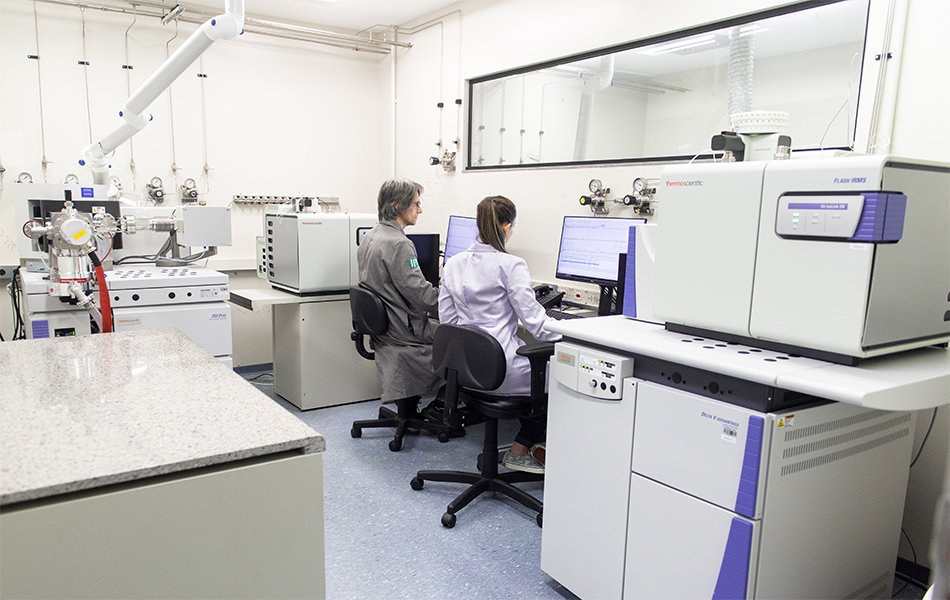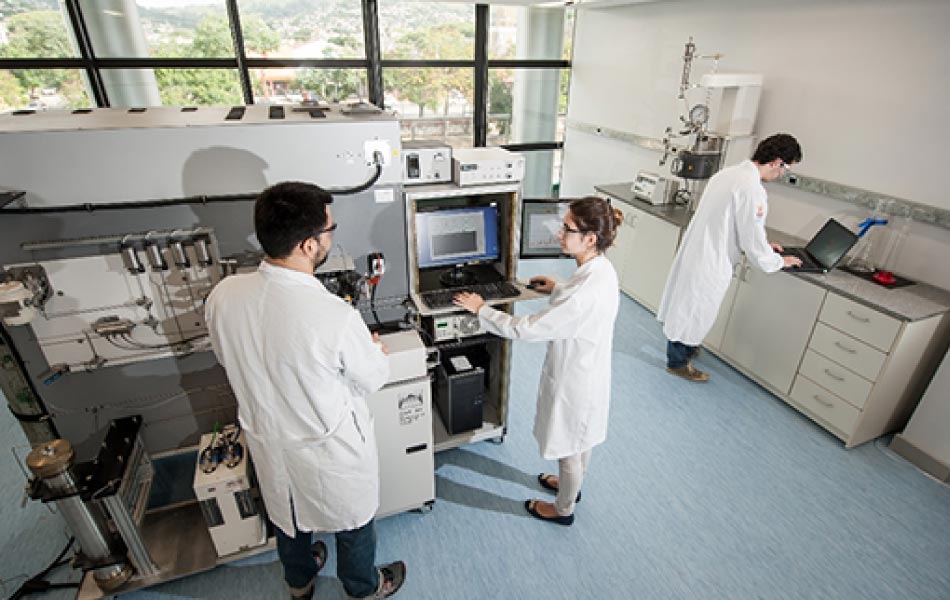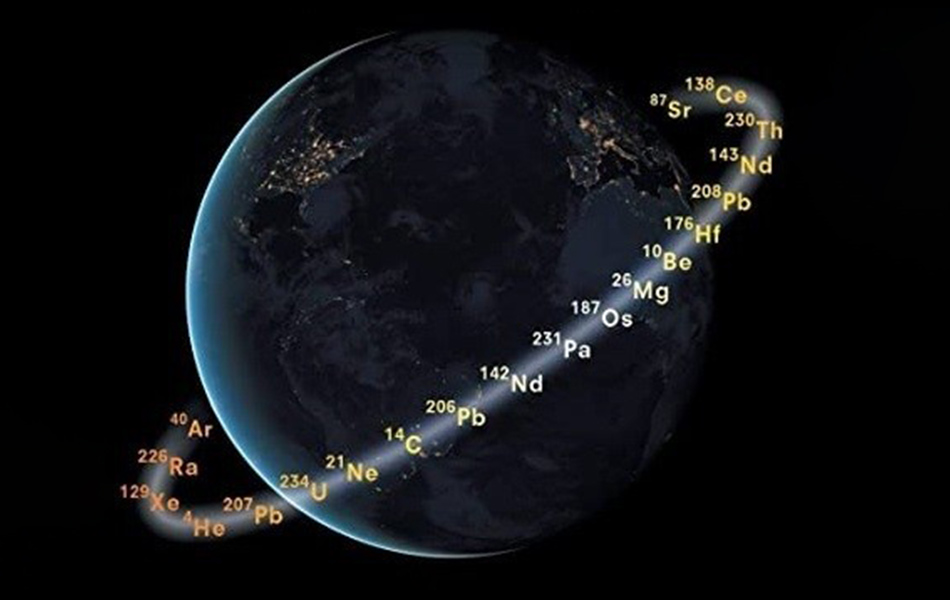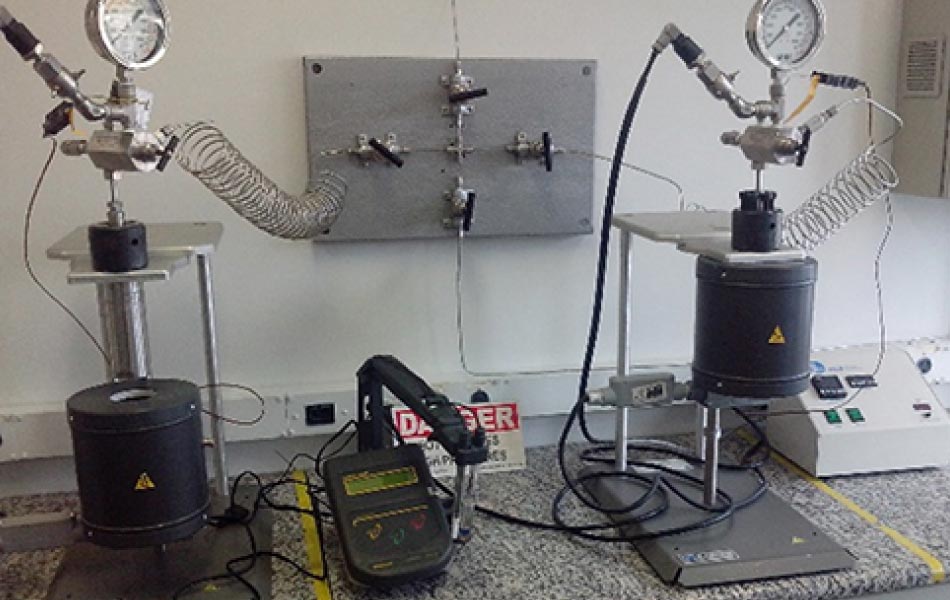Isotopes

Determination of the isotopic ratio of carbon and hydrogen of hydrocarbons from C1 to C5, present in low concentrations.
Sponsor:
Petrobras
Period of execution:
2022- Current
Project presentation:
The determination of the isotopic ratio of carbon (δ13C) and hydrogen (δ2H) is an important analytical technique for the oil and gas (O&G) industry, since these ratios of light hydrocarbons are used for the characterization of gases collected during the drilling of exploratory wells, providing results that allow assessing the formation, quality and maturity of hydrocarbons, as well as reconstructing the fluid dynamics between source rocks and accumulations in O&G reservoirs. However, isotopic analysis of gases at high concentrations is analytically complex and depends on professional training and rigorously validated analytical methods.
A discrepancy in the isotopic ratio values reported by different laboratories for the same gas sample is frequently observed. Such results result from factors such as: (i) scarce and seasonal availability of primary standards, (ii) lack of internationally standardized analytical methods (normalized) and (iii) analytical systems with a low degree of automation. Furthermore, when the determination of the isotopic ratio of light gases is carried out at low concentrations, consequently in the presence of high levels of atmospheric air, the analytical difficulty tends to become more complex and with greater analytical deviations.
This project aims to develop analytical methods and a sampling system to determine the isotopic ratio of carbon (δ13C) and hydrogen (δ2H) in gaseous mixtures at low concentrations. Interlaboratory programs will also be carried out for gases in high concentrations. Furthermore, the project foresees the design and construction of a functional prototype device to accommodate different sample containers for isotopic analysis.



